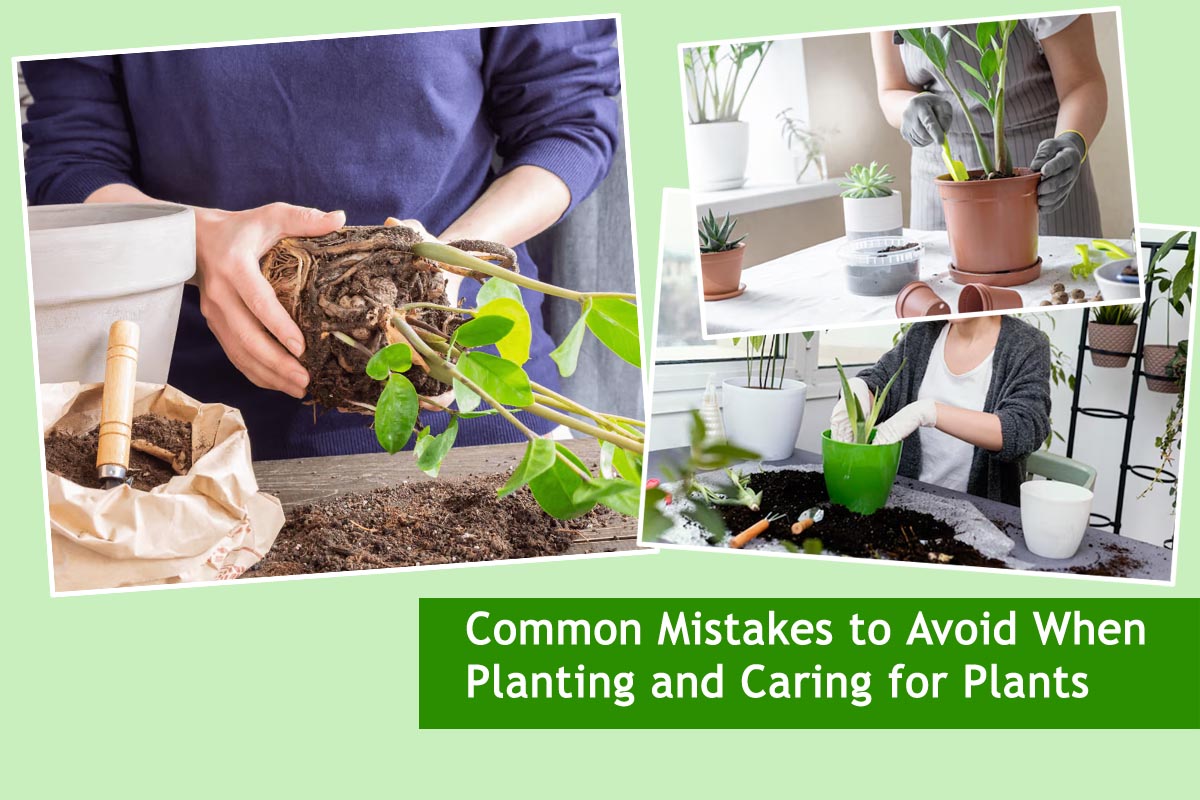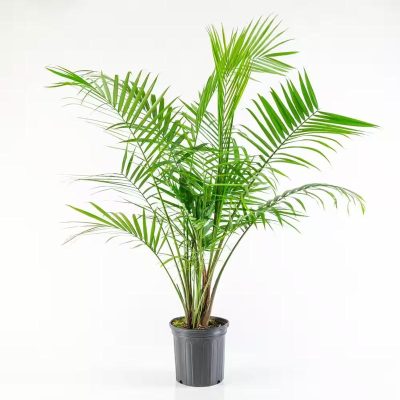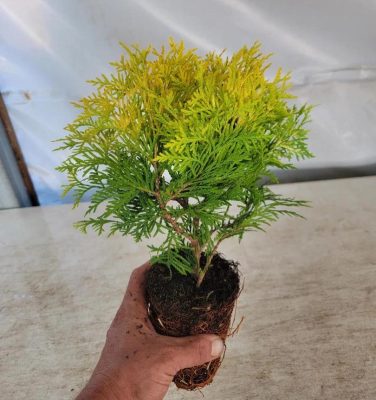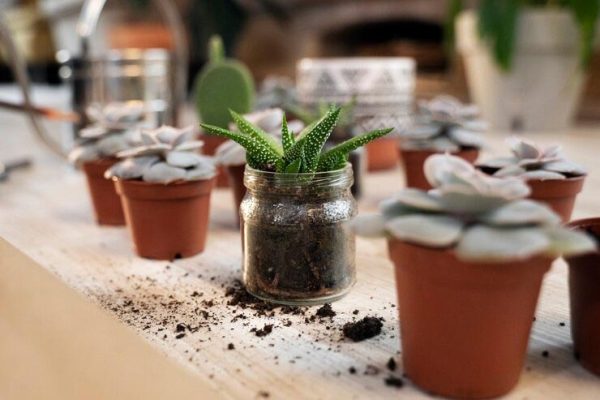
Common Mistakes to Avoid When Planting and Caring for Plants
When it comes to nurturing plants, time is of the essence. Often, we make the mistake of immediately transplanting a small nursery plant into a larger pot, which can be detrimental to its health.
Upon bringing a plant home from the nursery, it undergoes a transition from the controlled nursery environment to a new setting. This adjustment period is crucial for the plant’s well-being. Immediately transplanting it into a new pot can be akin to shock for the plant, leading to its demise.
To mitigate this risk, it’s essential to allow the plant time to acclimate to its new surroundings. If the plant is meant for a shaded area, place it in a shaded spot for a couple of days. Similarly, if it’s an outdoor plant, gradually introduce it to outdoor conditions before transplanting it into the garden.
Acclimating Plants to Their Environment:
One of the critical stages in a plant’s life is the transition from the nursery to its new home. Often, gardeners make the mistake of immediately transplanting a newly purchased plant into a larger pot or directly into the garden. However, this abrupt change can cause shock to the plant, leading to stunted growth or even death.
To prevent this, it’s essential to allow the plant time to acclimate to its new environment. Whether it’s a shaded plant or one meant for outdoor conditions, gradual adjustment is key. For instance, if you’ve purchased a shade-loving plant, place it in a shaded area for a few days before exposing it to direct sunlight. Similarly, outdoor plants should be gradually introduced to outdoor conditions to prevent shock.

Also Read This : Cultivate Your Own Onion Plant in a Water Bottle with This Step-by-Step Guide!
Planting Technique:
Another common mistake that gardeners make is mishandling plants during the planting process. One of the cardinal rules is to avoid pulling the plant out by its stem, as this can damage the delicate roots.
If the plant is in a polybag, carefully cut away the bag without disturbing the roots. For plants in small pots, gently tap the bottom of the pot to loosen the root ball and ease it out. This ensures that the roots remain intact and undisturbed, promoting healthy growth.
Additionally, it’s crucial to choose the right-sized pot for your plant. A pot that is too large can lead to waterlogging, while one that is too small can restrict root growth. Ensure that the pot has proper drainage holes to prevent water from accumulating at the bottom, which can cause root rot.

Also Read This : Unlocking Coriander’s Summer Secret: Essential Tips for Thriving Growth
Watering Practices:
One of the most frequent errors novice gardeners make is overwatering their plants. Establishing a watering routine is crucial, but it’s equally important to understand when and how much water to give your plants.
Avoid watering the plant daily as soon as you bring it home. Instead, observe the soil’s moisture level and water only when it begins to dry out. Watering plants excessively can lead to root rot and other moisture-related issues.
A fundamental rule of watering plants is to do so when the soil is dry to the touch. Never water plants sitting in soggy soil, as this can suffocate the roots and ultimately kill the plant.

Also Read This : Transform Your Home into a Fragrant Oasis: Must-Plant Summer Flowers for April
Embarking on a gardening journey can be rewarding, but it’s essential to avoid common pitfalls that can hinder your plants’ growth and health. By allowing your plants time to acclimate, handling them gently during transplanting, and adhering to proper watering practices, you can set them up for success.
Gardening is a learning process, and it’s okay to make mistakes along the way. However, by educating yourself and being mindful of best practices, you can cultivate a thriving garden that brings joy and beauty to your surroundings.
Remember, a little care and attention go a long way in nurturing healthy, vibrant plants that will flourish for years to come.
Also Read This : Summer Soil Success: Your Essential Guide to Preparing the Perfect Planting Ground




